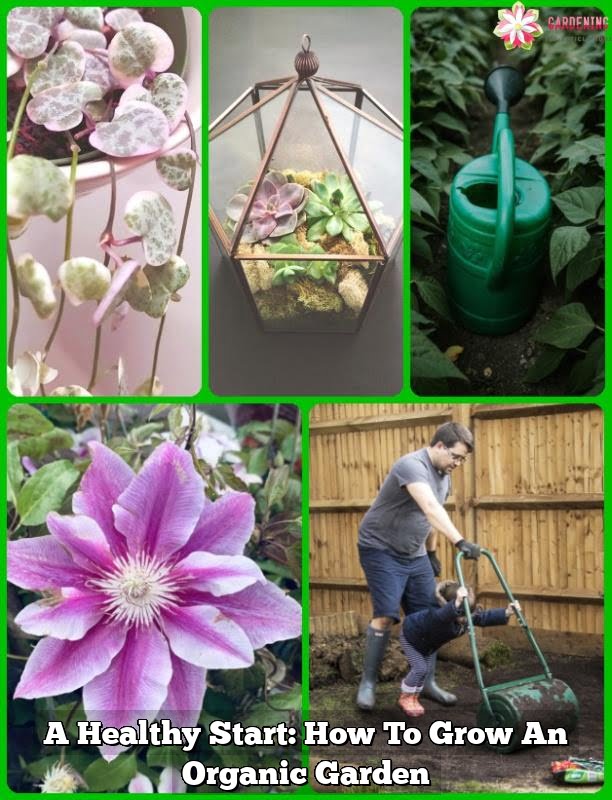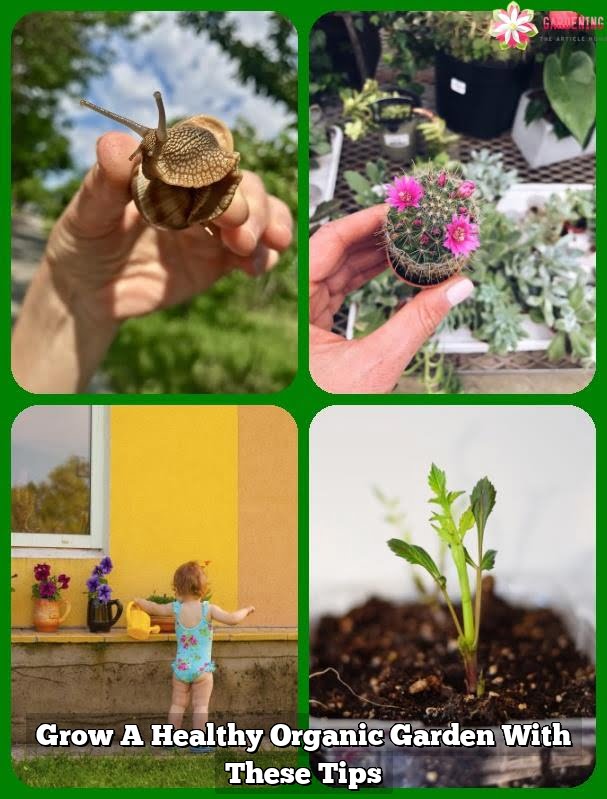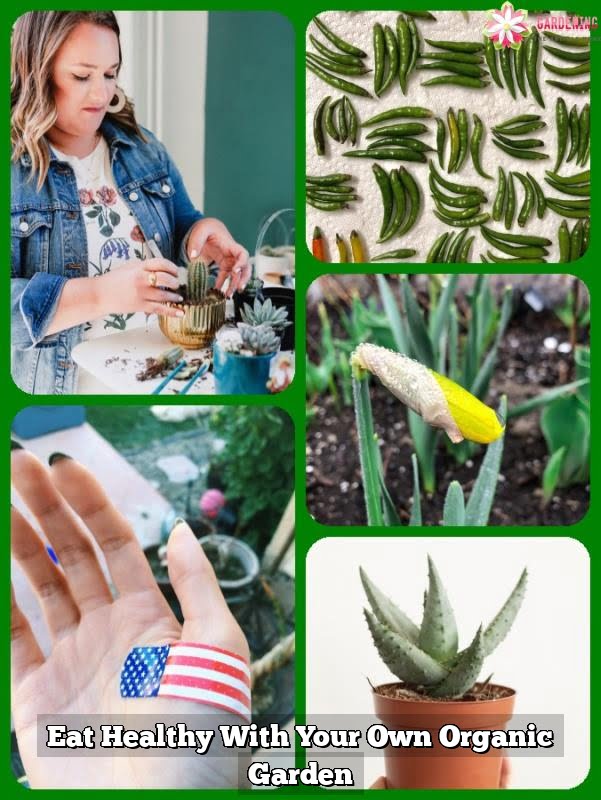You are now prepared to embark on the journey of making a healthy organic and healthy. Read the following article and you will get some great organic garden.
Your plants need to adapt and must be gradually introduced to changes of environment. Place them outside in the sunlight for about an hour or two on the first day. Over the week, slowly increase the time they are allowed to stay outside. By the end of the week, you should have plants that are ready for a permanent home outside with no problem!
Use climbers to cover fences and fences. Many climbers can cover the wall or fence in a single growing season. They can cover an arbor, or you can train them to cover your arbor. Some varieties of these plants will have to be tethered to some sort of support, but others will have to be attached to something. Some climbers that have proven to be reliable are honeysuckle, clematis, jasmine, climbing roses, and wisteria.
Bulbs will give you wonderful flowers that you can enjoy spring and summer flowers. Different types of bulbs bloom at different times, so if you choose appropriately, you may have blooms early spring to later summer.
Many veggies require this amount to properly grow quickly. This arrangement will also benefit some types of the flowers.
Coffee Grounds
If a test indicates that your soil is very alkaline, try mixing some coffee grounds into your garden’s soil. The coffee grounds are a cheap way to add acid back into the dirt. This simple act can lead to vegetables you grow healthier and more flavorful.
Do you enjoy fresh mint leaves but hate how they grow so fast and take over your garden? You can stunt the growth by placing them into a container or container. You can plant the container into the soil if you want to, but the walls of the container will hold the roots captive, and make sure that the plant doesn’t run rampant in your garden.
A quality garden must be grown from seeds and not plants. The environmentally conscious way to create a new garden is starting from seeds.The plastics used in nurseries are rarely recycled and ends up in landfills, that is why it is advised to use seeds or purchase from nurseries that make use of organic materials when packaging their plants.
Place a few inches of mulch around your vegetable plants. The organic mulch will help keep the soil for a little longer. This method will also helps reduce the appearance of weeds.You’ll save a time saver since you don’t have to pull them later.
Plant with fall color. Maple, beech, varying from bright yellow to rich crimson.When thinking about shrubs, think about cotoneaster, hydrangea or barberry.
During the hottest hours of each day, vegetables are softer, and even gentle harvesting will cause damage and bruising.
When you run your personal organic garden, try lightly petting your seedlings — either with the palm of your hand or something like a sheet of cardboard — once or twice each day. It may sound a little odd to do this, but research has shown that handling the seedling like this often will make them grow bigger than seedlings that are ignored.
It can be hard to grow an organic garden without chemicals, yet it is so much more rewarding in the end. While chemical companies may make astounding claims about their products, the organic method is far healthier for you and everyone you share your food with.
Add mulch to keep your garden to improve the vitality of the soil. Mulch will protect the soil. Mulch will keep the soil is kept cool on hot days and protect your roots. It will also stop the soil from losing it’s moisture longer by reducing the evaporation rate. It is also keeps the weeds under control.
Know what varieties of plants you want to put in your organic garden. Different varieties of a certain flower or vegetable require different types of environments. For example, there are many kinds of roses and some will work in your garden, there are those that will thrive in your garden and those that will not.Make sure that you select the varieties that will adapt well to your garden.
Weeds are a regular garden as well as an organic garden. This is an organic weed killer that is safer for you and for the environment or your family.
Know when you must water the right time is for your organic plants to be watered. A soaker hose is an appropriate tool to use.. It is recommended you water your garden early in the morning.
You can use materials found in most homes to put up a tent in your garden during the winter months. Then, throw sheets on top of them, and use some bricks to keep the edges held down.This is an inexpensive method of building tents in order for you to save your growing crops in the cold winter time.
Snails can be sprayed away with an ammonia and water mixture. Ammonia will turn to nitrogen later, and it breaks down into nitrogen that will help fertilize them. It will kill the snails and keep them from bringing harm to your garden beds. Use the water and ammonia mixture daily for best results.
Water your plants with rainwater to be a ‘green’ gardener. Using a barrel or any sort of container to collect any amount of rainwater can not only save you money on your water bill every month, and make the best use of your naturals resources. This is a great alternative to spending your money on water bills and makes the most of your environment.
The ground will still be relatively warm as compared to the cold air, and the plants are stripped of their leaves, the root system can get all of the plant’s resources and create a strong foundation.
You now know the basics of organic horticulture and can get started soon. If you thought that you were ready before, well you should now be an expert! Use the advice you have been given to make your organic garden bloom like never before.

Welcome to my blog about home and family. This blog is a place where I will share my thoughts, ideas, and experiences related to these important topics. I am a stay-at-home mom with two young children. I hope you enjoy reading it! and may find some helpful tips and ideas that will make your home and family life even better!





